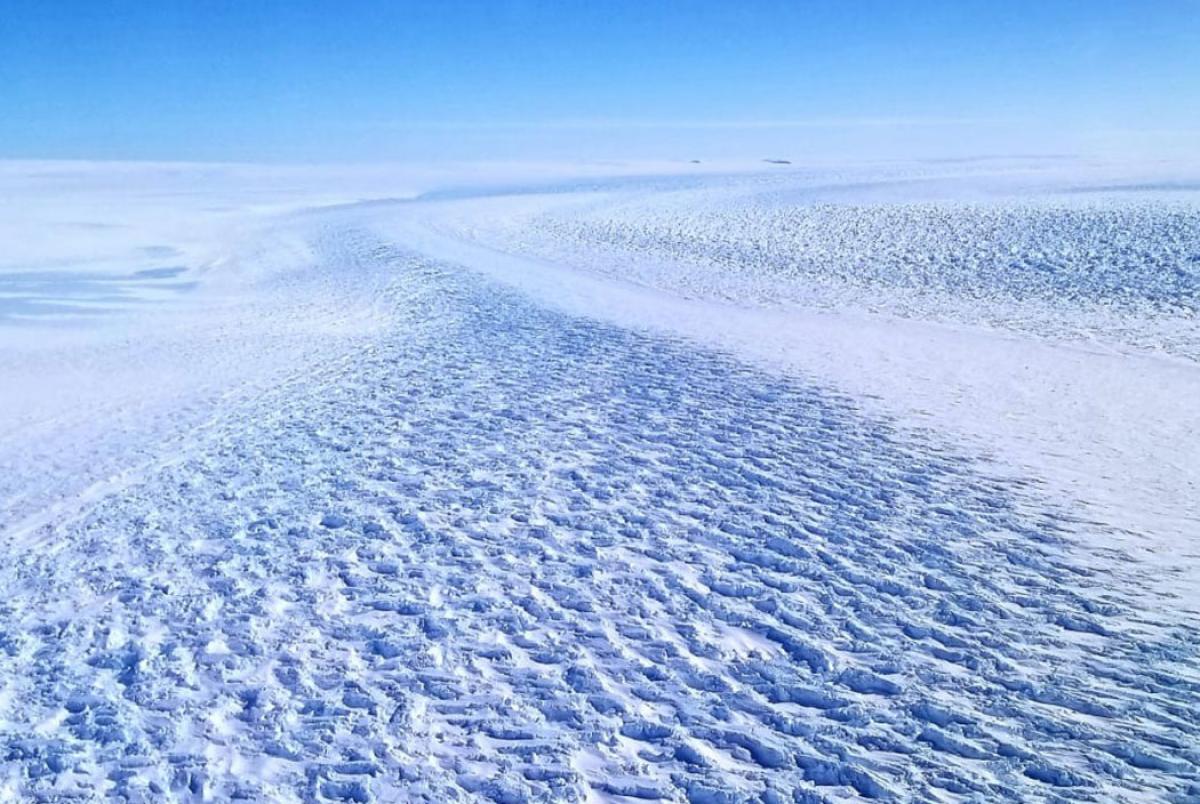D: Yaël, we’ve talked about the risk that melting glaciers in West Antarctica might collapse due to the effects of human-caused global climate change. But, what about Antarctica’s eastern part?
Y: Earth scientists used to think that the glaciers in eastern Antarctica were more stable, Don. But as they’ve studied them more carefully, they’re not so sure any more. In 2020 an international team of researchers reported new results on Denman glacier in eastern Antarctica. They analyzed data obtained with satellite radar systems.
D: What did they find?
Y: They found that the glacier has retreated nearly three miles due to melting over the last twenty-two years. That amounts to a loss of two hundred and sixty eight billion tons of ice. But that wasn’t the most important finding. Radar can penetrate the ice and map the terrain underneath. The researchers were most interested in the terrain under the glacier’s grounding zone; the point where ice leaves the land and begins to float on the ocean. Under the western flank of the grounding zone of Denman glacier they found something that worried them; a trough much deeper than previously thought extending two miles below sea level, and getting deeper further beneath the ice sheet.
D: I think I see why they were worried. If there’s a deepening trough, and this glacier retreats inland, more and more ice will be exposed to the water that is melting it.
Y: That’s right. And Denman glacier drains a large part of the ice sheet, and if this part of the ice sheet melted, researchers estimate that the amount of water released would raise global sea levels by almost five feet.









